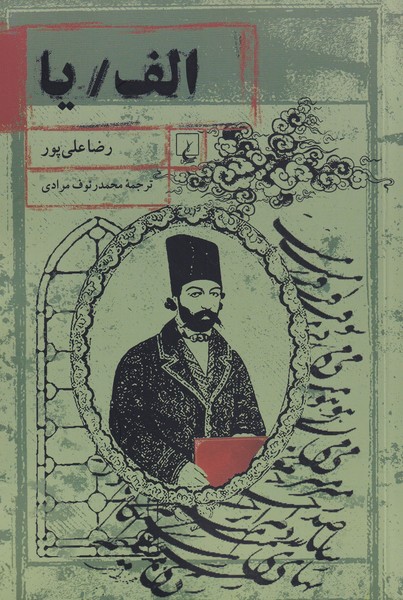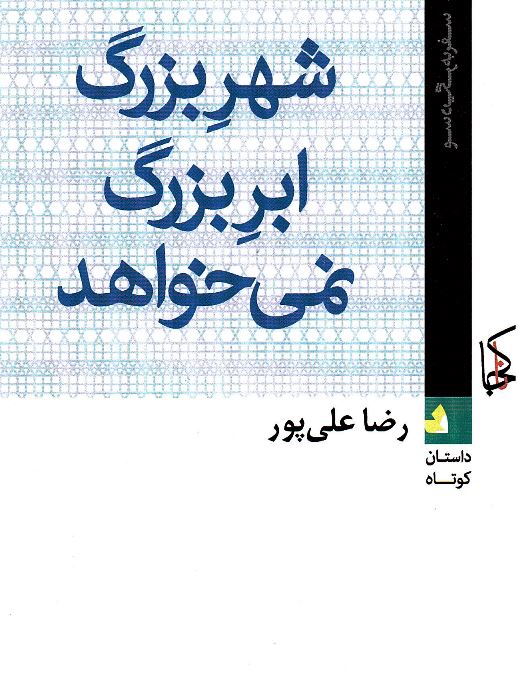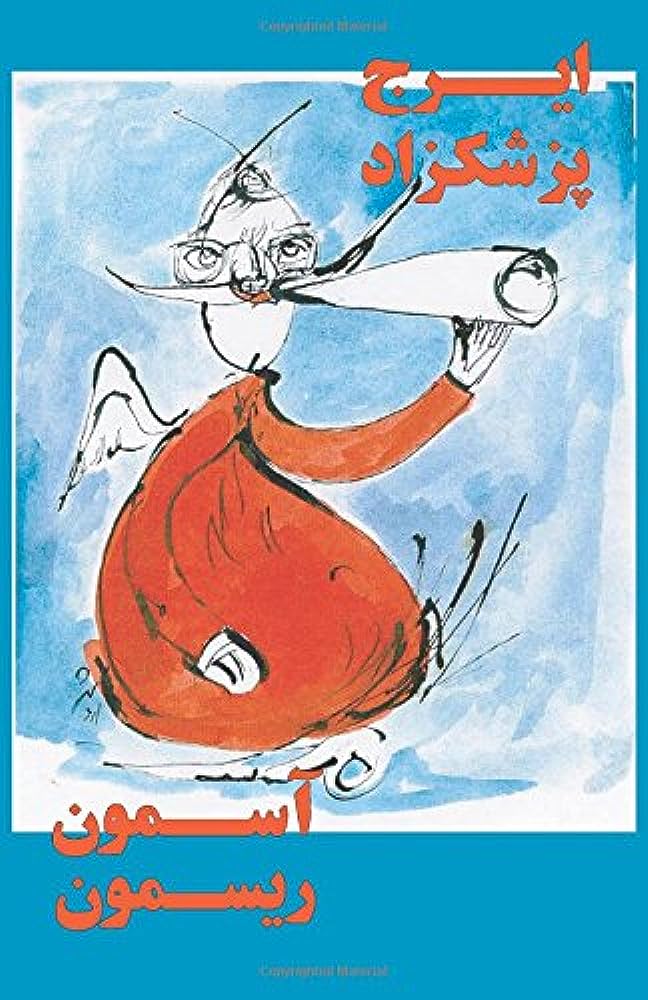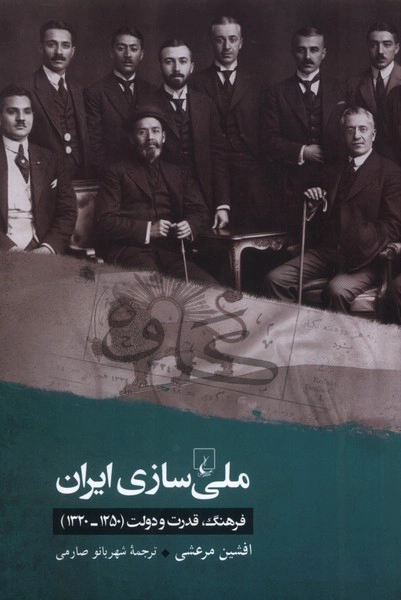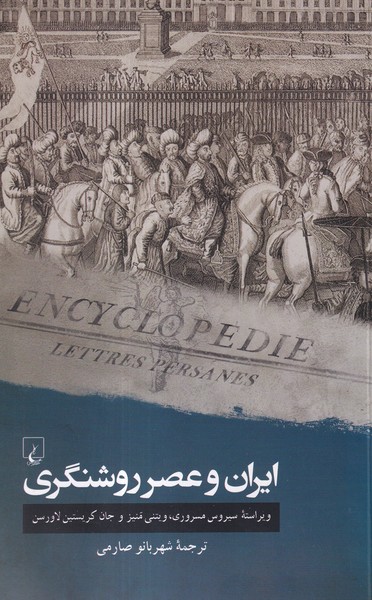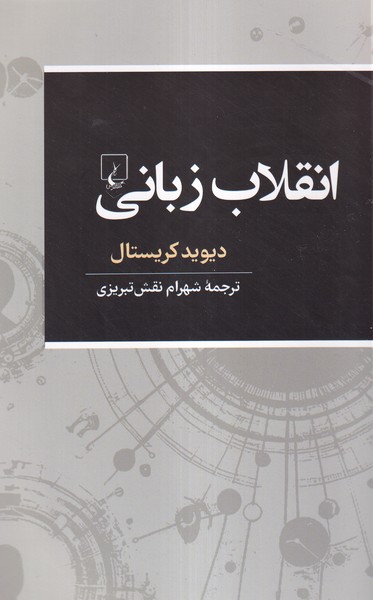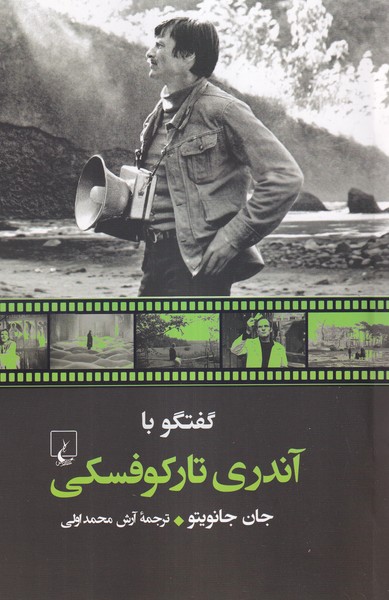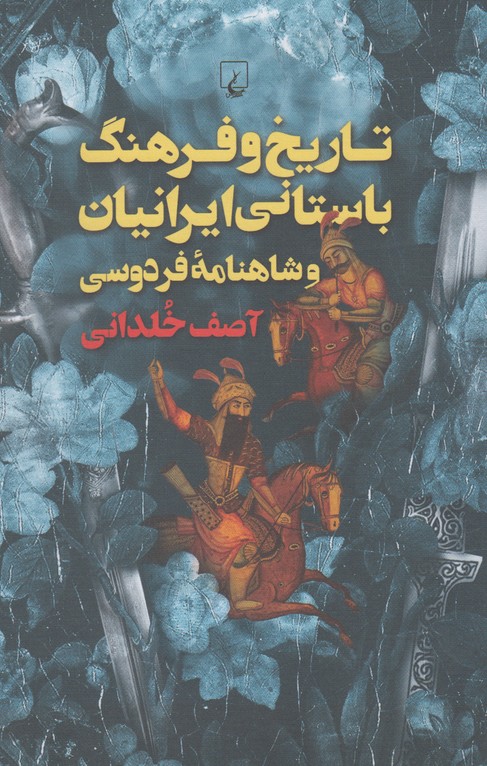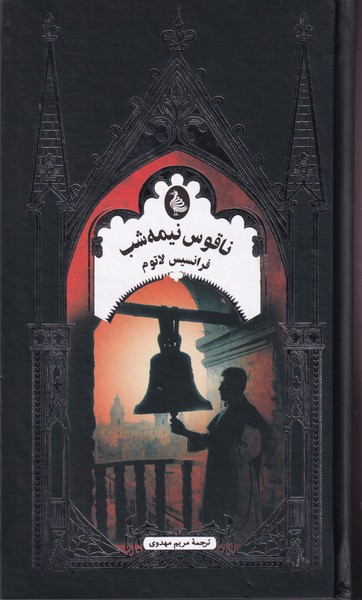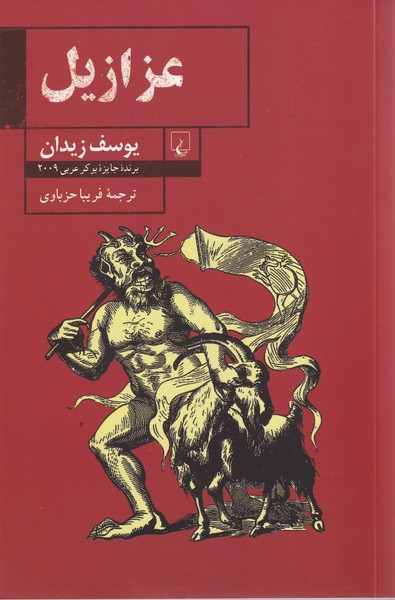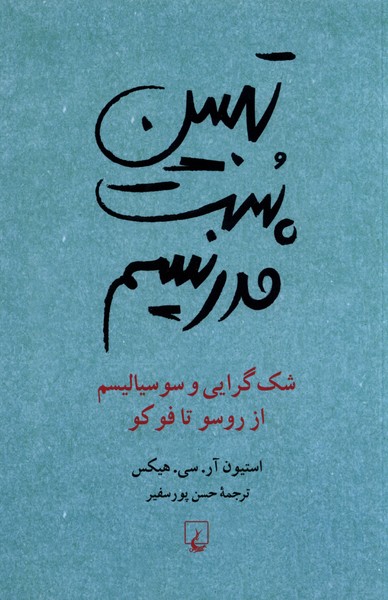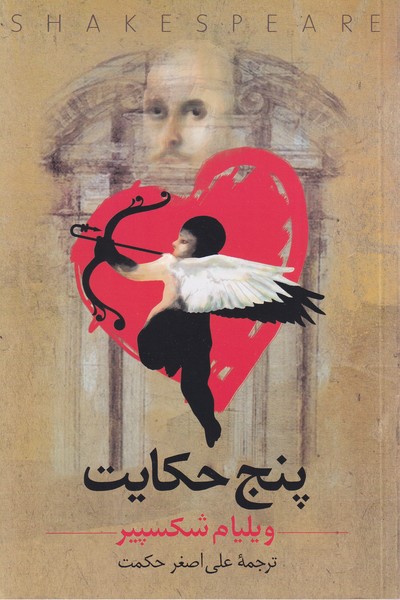Alif/ya: Persian 2022
الف/یا
21.66 $
Share
Wishlist
ISBN:
9786220404156
Translator:
Rauf Muradi
Publisher:
Quqnus
Age Group:
Adult
Pages:
176
Weight:
166 g
Dimensions:
14 x 21 x 1.6 cm
Book Cover:
Paperback
A/ya It is a novel with two narratives, in two historical periods. that sometimes it seems that these two times join together for a third time. The tension of dualism in this novel is cleverly and beautifully, which is accompanied by harmonic progression and retardation, and overtaking time in a way doubles the pleasure of reading. Everything is in two forms, two spaces, between two people, two constructions, and two narratives, textual attraction is given to the structure of the novel. A teacher who was suspended, and a calligrapher who was kicked out of the governor's office. The teacher relates the calligrapher's narrative among the surviving documents and documents from the distant past, and in its layers, he also brings himself into the narrative, this struggle for survival reaches its peak in both. In this love and being loved also make the text of the narration sweeter. In fact, it can be said that the novel is a form of worship to calligraphy. Among the narratives in the form of novels, short stories, etc., musicians, painters, and writers have appeared, but no one has been seen narrating a calligrapher or calligraphy, that too among scraps of paper left over from the past. The novel A/ Ya deals with the world of calligraphy. Suffering, desolation, and lack of understanding of the calligrapher and the difference between form and meaning in the word are well highlighted in the second narrative, that of the calligrapher. Another prominent point of this novel is that two different proses are used for two narratives. That is, the first narrator narrated in the style and context of today's prose, and the calligrapher narrated in the style and context of the Qajar period, even the feelings in both prose are different, and in both types of narration, love, and suffering are woven into the fabric of the prose, but each is influenced by its time. ...
more
الف/ یا رمانی است با دو روایت، در دو دورۀ تاریخی. که گاه به نظر میرسد این دو زمان در زمانی سوم به هم میپیوندند. تنیدگی دوآلیسم در این رمان با زیرکی و زیبایی پیش میرود، که با تقدم و تأخر هارمونیک همراە است و سبقت گرفتن زمان بهنحوی لذت خواندن را دوچندان میکند. همهچیز در دو شکل، دو فضا، میان دو نفر، دو ساخت، دو روایت، جذابیت متنی به ساختار رمان دادە است. معلمی که تعلیق شده، و خطاطی که از دیوانخانۀ صاحب حکومتی راندە شدە. معلم روایت خطاط را در میان اسناد و مدارک جاماندە از گذشتۀ دور خط و ربط میدهد و در لایهلایۀ آن خودش را هم به روایت میکشاند، این جدال برای بقا در هر دو به اوج میرسد. در این عشق و دوست داشتن هم متن روایت را سکرآور میکند. در واقع میتوان گفت رمان نوعی ادای دین به خط و خطاطی است. در میان روایتهای داستانی در قالب رمان، داستان کوتاە و... موسیقیدان، نقاش و نویسندە بهروایت در آمدەاند، اما دیده نشده کسی خطاط یا خوشنویسی را روایت کند، آن هم میان کاغذپارەهایی باقیمانده از گذشته. رمان الف/ یا به دنیای خط پرداخته است. رنج، مهجوری و عدم درک خطاط و تفاوت صورت و معنا در کلام بهخوبی در روایت دوم یعنی خطاط برجسته شدە است. از نکات بارز دیگر این رمان این است که برای دو روایت دو نثر متفاوت به کار گرفته شده است. یعنی راوی اول به سبک و سیاق نثر امروز روایت کرده و خطاط به سبک و سیاق دورۀ قاجار، حتی حسها در هردو نثر متفاوت است و در هر دو نوع روایت عشق و رنج در تار و پود نثر تنیدە شدە، اما هرکدام متأثر از زمانۀ خود...
A/ It is a novel with two narratives, in two historical periods. that sometimes it seems that these two times join together in a third time. The tension of dualism in this novel is cleverly and beautifully, which is accompanied by harmonic progression and retardation, and overtaking time in a way doubles the pleasure of reading. Everything is in two forms, two spaces, between two people, two constructions, two narratives, textual attraction is given to the structure of the novel. A teacher who was suspended, and a calligrapher who was kicked out of the governor's office. The teacher relates the calligrapher's narrative among the surviving documents and documents from the distant past, and in its layers, he also brings himself into the narrative, this struggle for survival reaches its peak in both. In this love and being loved also makes the text of the narration sweeter. In fact, it can be said that the novel is a form of worship to calligraphy. Among the narratives in the form of novels, short stories, etc., musicians, painters, and writers have appeared, but no one has been seen narrating a calligrapher or calligraphy, that too among scraps of paper left over from the past. The novel A/ Ya deals with the world of calligraphy. Suffering, desolation and lack of understanding of the calligrapher and the difference between form and meaning in the word are well highlighted in the second narrative, that of the calligrapher. Another prominent point of this novel is that two different proses are used for two narratives. That is, the first narrator narrated in the style and context of today's prose, and the calligrapher narrated in the style and context of the Qajar period, even the feelings in both prose are different, and in both types of narration, love and suffering are woven into the fabric of the prose, but each is influenced by its time. ...
more

